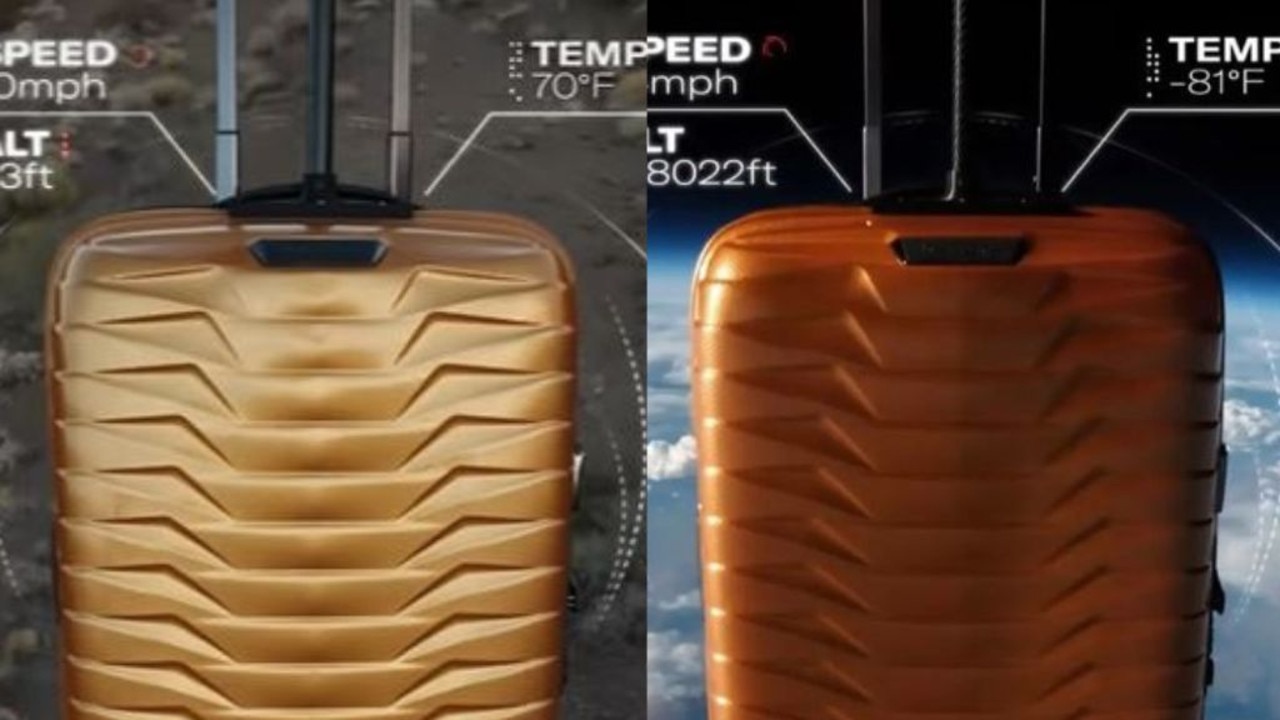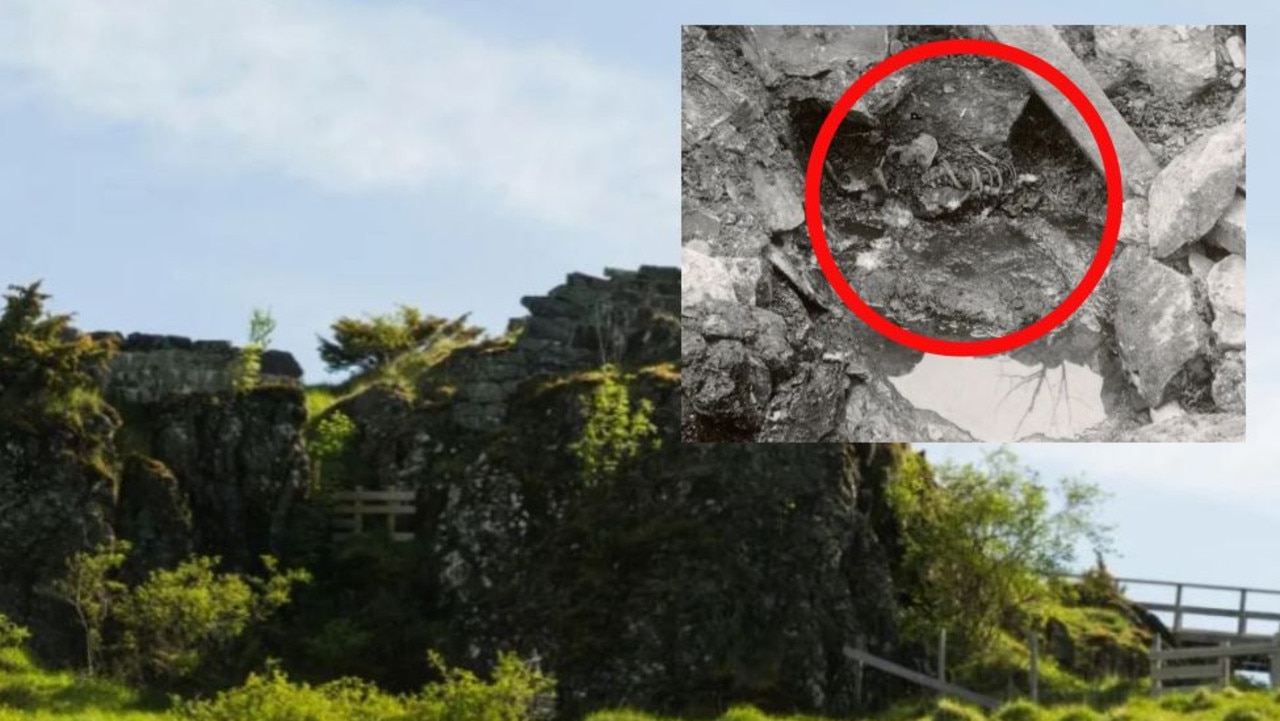‘Losing the Amazon’: Expert’s sad warning
Alarming before and after photos show the world’s biggest jungle, the Amazon, is in existential danger as it stems closer to the “point of no return”.
The world’s biggest jungle, the Amazon, is in existential danger as it becomes ravaged by the worst drought-fuelled wildfires in decades, a top Brazilian rainforest expert has warned.
Renowned climate change scientist, Carlos Nobre, 73, said the world risks “losing the Amazon” as fires take it closer to the “point of no return”.
Mr Nobre said while several countries, including Canada, regularly battle catastrophic wildfires, theirs are often the product of naturally occurring lightning strikes that spread quickly through dry vegetation.
However, in the Amazon, by contrast, most of the fires are illegally started by humans for agricultural purposes.
“The criminals realised that satellites only detect fires when the fire spreads to 30 or 40 square meters (320 to 430 square feet),” Mr Noble told AFP during an interview.
“This gives them time to leave the area before being arrested.”
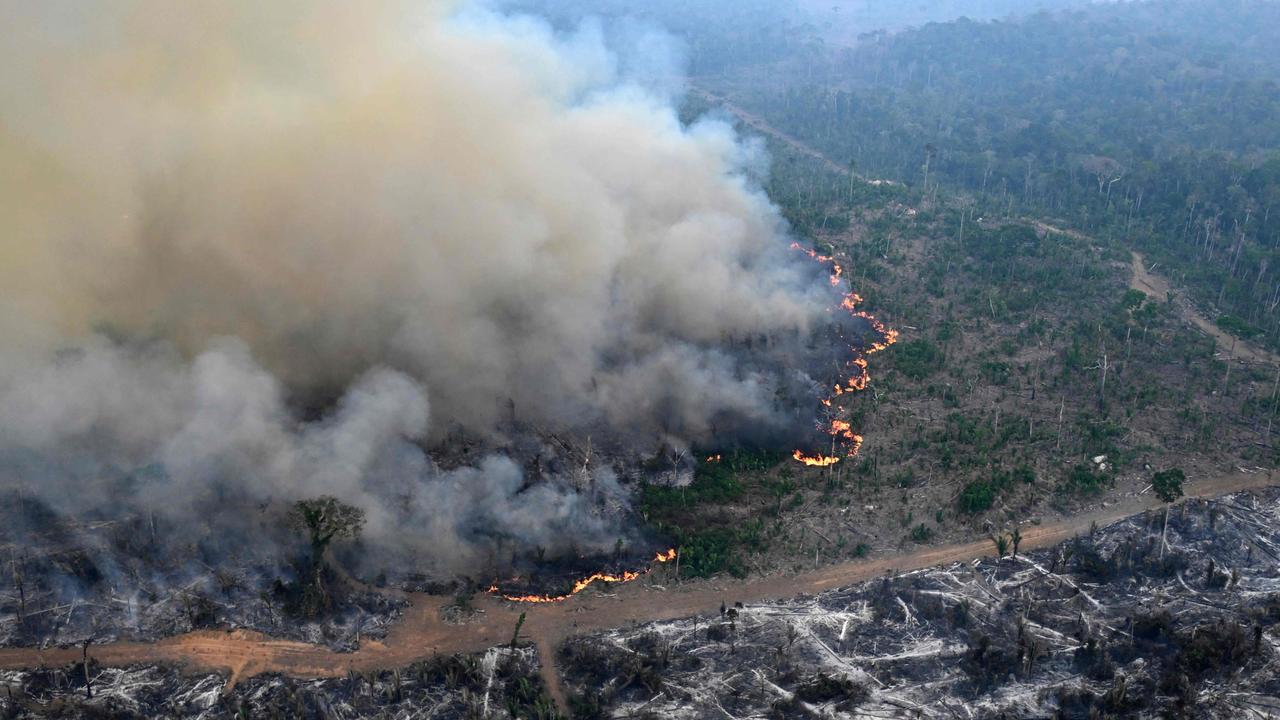
Mr Nobre said the fires consuming chunks of the Amazon risked accelerating its transition into dry savannah grasslands.
“If global warming continues and we do not completely stop deforestation, degradation and fires, by 2050 we will have passed the point of no return,” he warned.
“In 30 to 50 years, we will have lost at least 50 per cent of the forest.
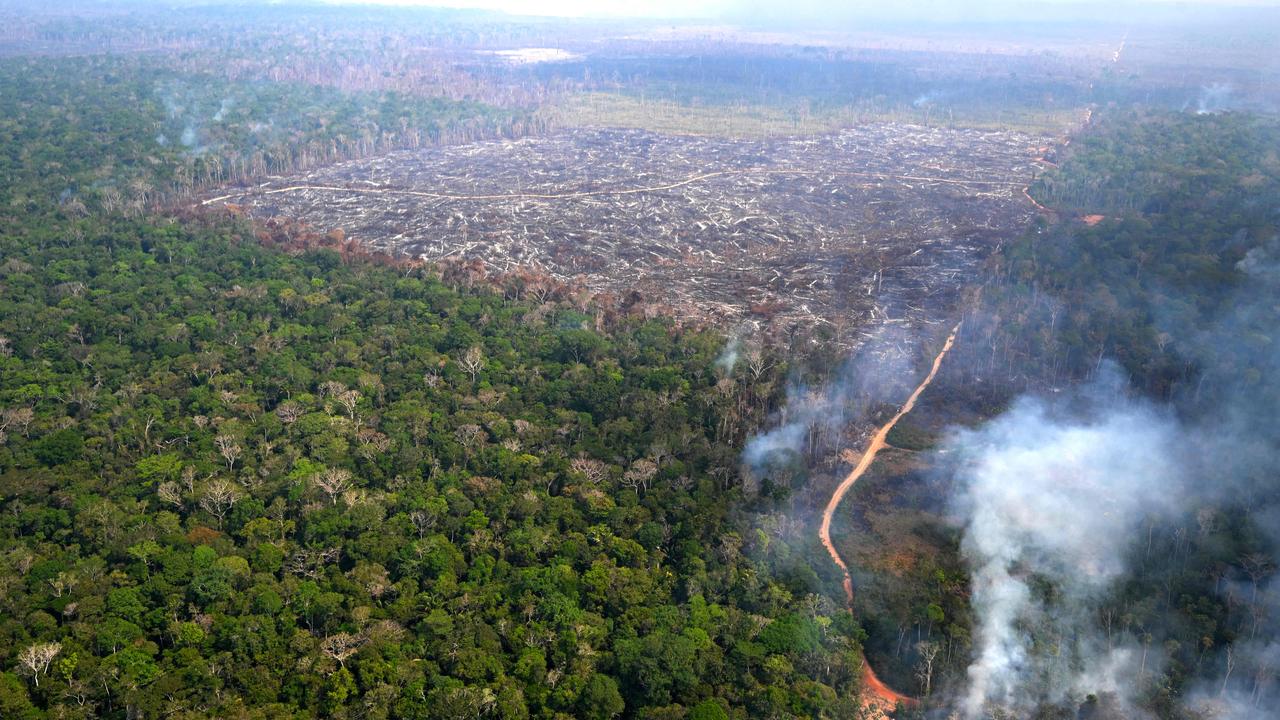
The record wave of wildfires, fuelled by severe drought linked to climate change and deforestation, is causing havoc across South America.
So far, it has left up to 80 per cent of Brazil blanketed in smoke.
Millions of hectares of forest and farmland have burnt including in Argentina, Bolivia, Colombia, Ecuador, Paraguay and Peru.
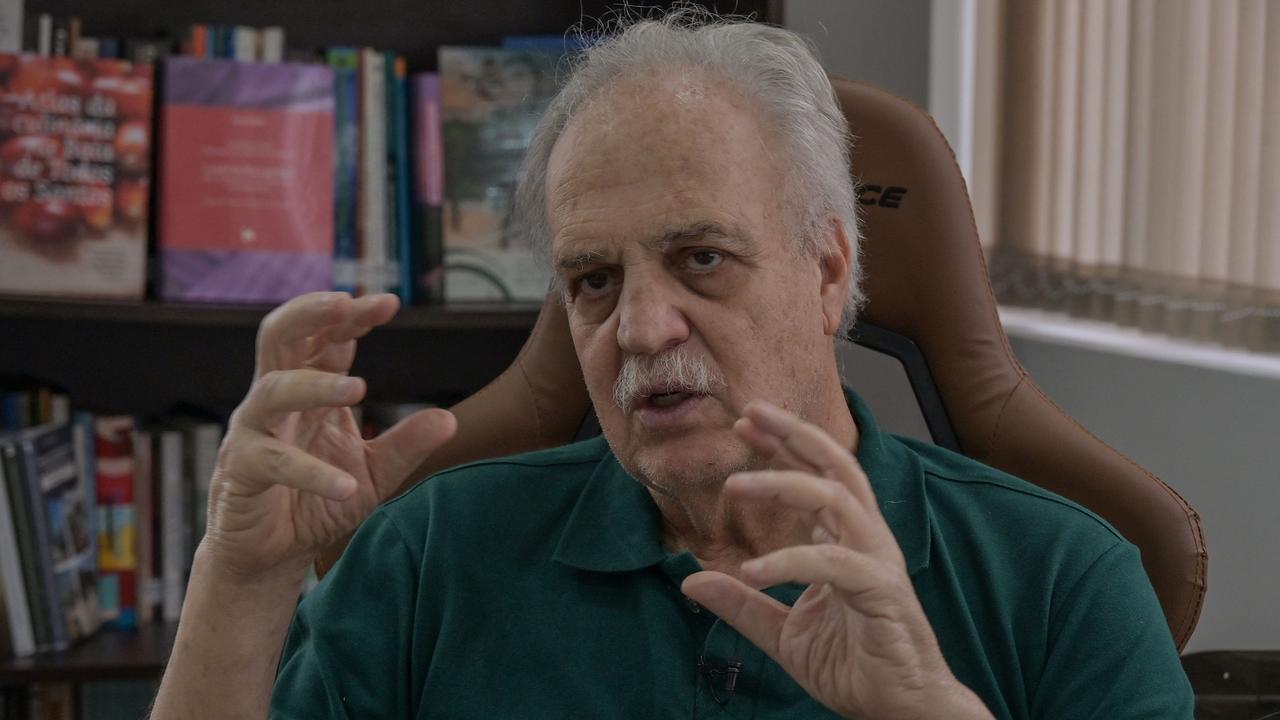
In one of the biggest hospitals in the capital Brasilia, the number of patients treated for respiratory problems in recent days was more than 20 times higher than usual.
At least 40 per cent of residents of Sao Paulo and Belo Horizonte, and 29 per cent in Rio de Janeiro say their health was affected “very much” by pollution, according to pollsters Datafolha.
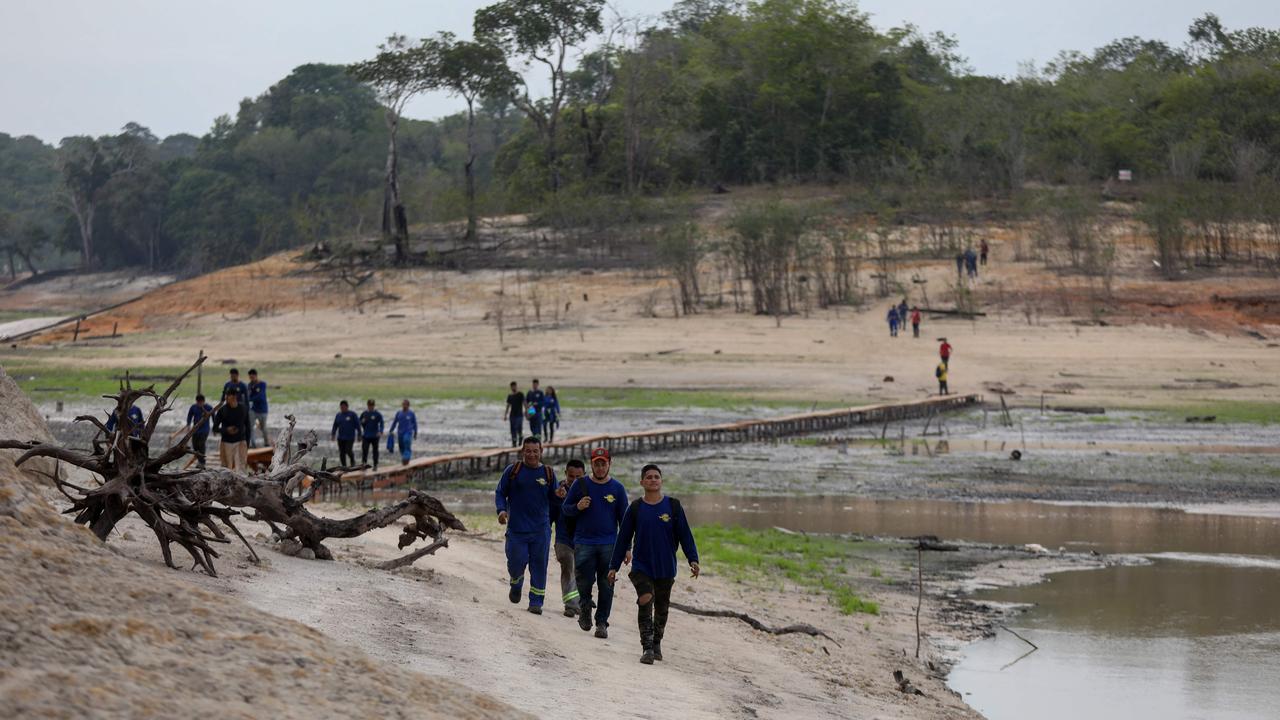
Neighbouring Bolivia on Monday declared a national disaster due to forest fires affecting most of its Santa Cruz department, where authorities said 7.2 million hectares have burned since last week.
Meanwhile, Mr Nobre said an increase in warming to 2.5C by 2050 would trigger new tipping points, including “losing the Amazon” outright.
Among the measures he advocated to reduce climate warming were accelerating the transition to renewable energy and the mass planting of trees in cities to act as sponges for carbon dioxide, he told AFP during his interview.
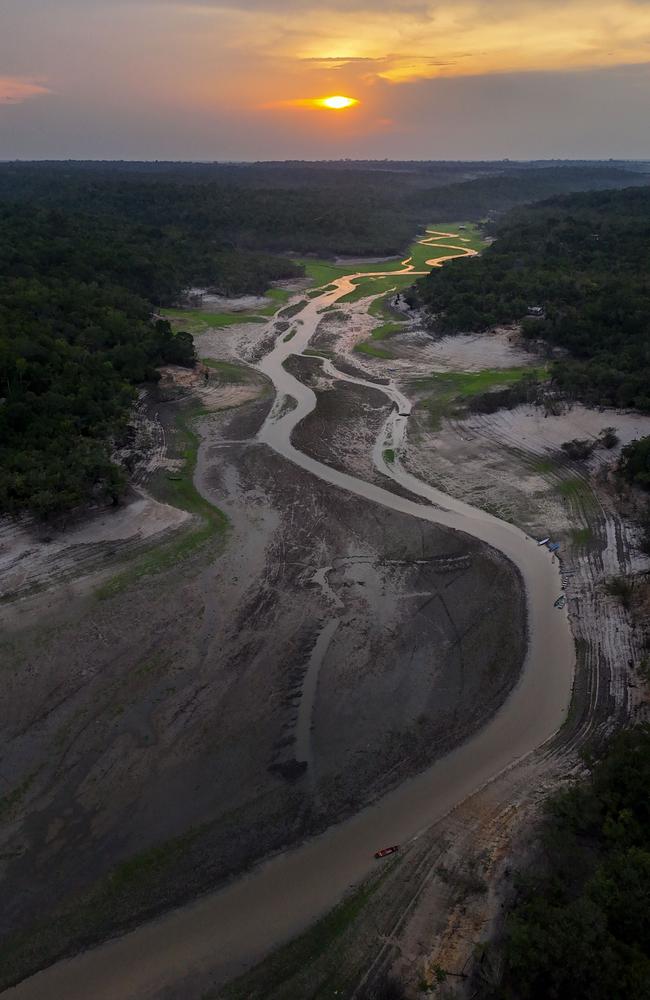
Trees can help lower urban temperatures by up to 4.5C and also increase humidity.
“Urban sponges are a very important solution all over the world,” he added.
It’s Brazil’s worst drought since records began in 1950 with huge tributaries that feed the mighty river plunging to record-low levels – in turn upending lives and threatening endangered dolphins.
Dramatic before and after images show the shrinking of major Amazon rivers as the region battles the severe droughts.
Rio Negro, one of the Amazon River’s biggest tributaries near the city of Manaus in Amazonas state, is at record lows for this time of year.
The Amazon’s water levels are falling at around 7 inches a day, according to Brazil’s geological service.
CNN reported the river’s characteristic jet-black waters usually course through its thick maze of channels, but satellite images now show it drastically shrunken with huge swathes of riverbed exposed.
Lincoln Alves, a research scientist at Brazil’s National Institute for Space Research, shared a study that examines how climate change will impact drought and heat extremes in Brazil.
Mr Alves, who recently visited Climate Change Research Centre at UNSW, said it highlights Brazil’s vulnerability and the need for adaptive strategies.
He told CNN, the Rio Negro is seeing “extreme reductions” as temperatures soar and the region struggles with a dearth of rainfall.
🌡ï¸ðŸ”¥ We’re excited to share our latest paper. Our study examines how climate change will impact drought and heat extremes in 🇧🇷 This highlights Brazil’s vulnerability and the need for adaptive strategies. Check it out! https://t.co/SjTNWUn3Jh #CompoundEvents @ictpnews @inpe_mcti
— Lincoln Alves (@lincolnalves) September 27, 2024
“Under global warming, extreme events have been increasing in the last decade and are projected to increase in the future with every increment of global warming,” the abstract of the September report read.
“The potential increase in compound drought and hot events may induce a complex web of impacts on societies, ecosystems, and economies, including crop failure, wildfires, and water scarcity.
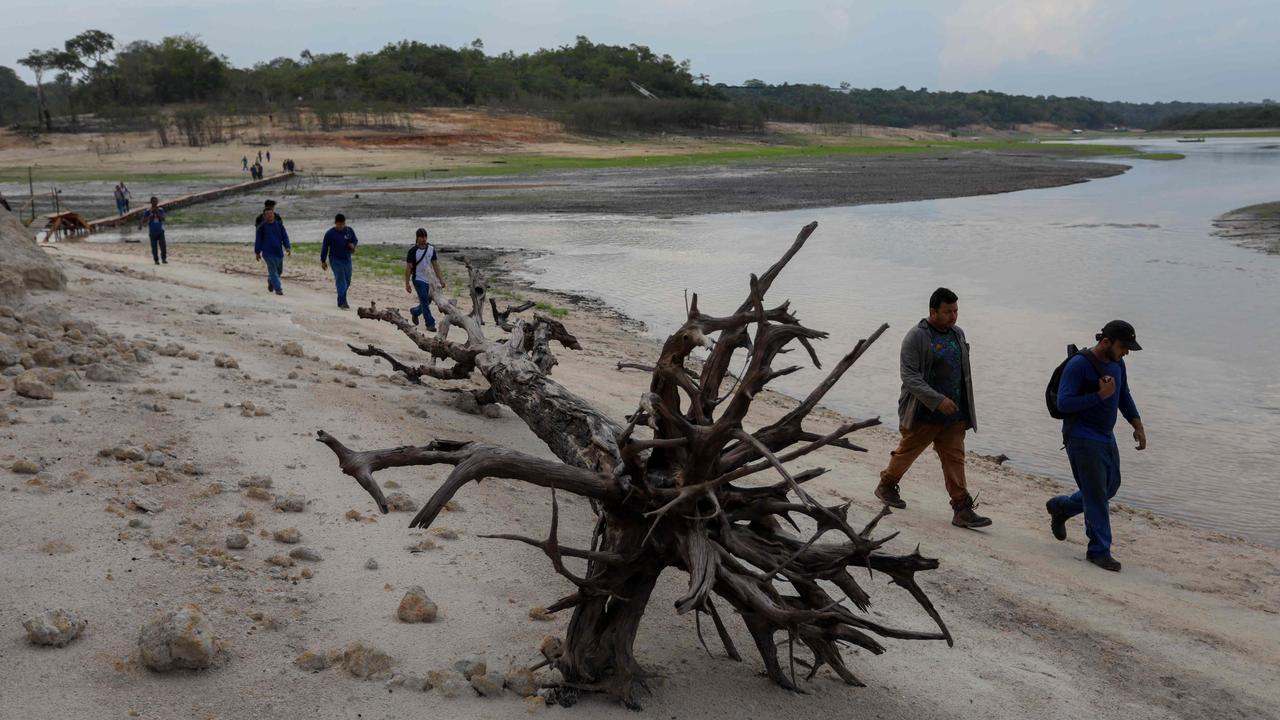
“This is particularly concerning for Brazil, where it has been demonstrated to be vulnerable to recent extreme climate events.”
In February, Europe’s climate monitor Copernicus announced that for the first time on record, Earth had endured 12 consecutive months of temperatures 1.5 degrees Celsius hotter than the pre-industrial era – four years earlier than predicted.
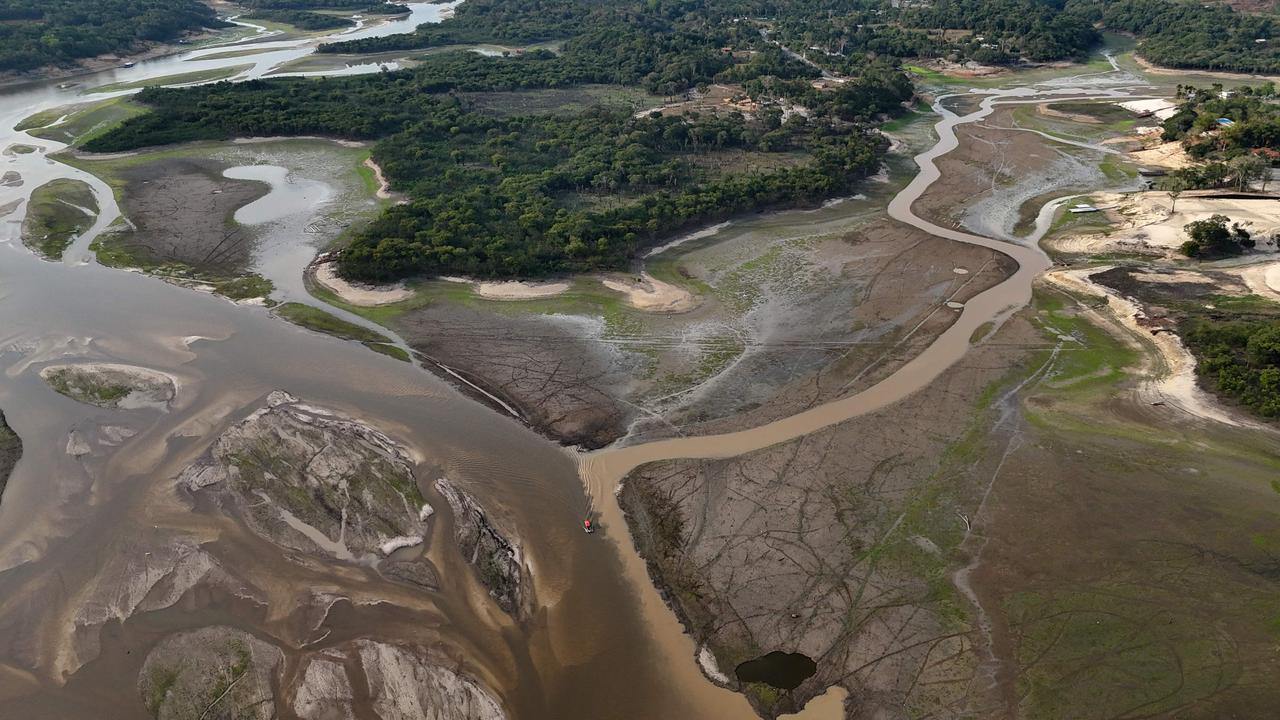
Experts had warned that extreme weather events would accelerate sharply at the 1.5C-warming mark.
“It is not a slow, linear increase,” Mr Nobre explained.
“In 2024 we are already seeing how the frequency of extreme phenomena is accelerating and breaking records,” he added, citing increased “heatwaves, heavy rains, droughts, forest fires”.
The consequences are stark for local people who rely on the rivers for food, medicine, livelihoods and transport, André Guimarães, executive director of the Amazon Environmental Research Institute, told CNN.
More Coverage
“We are suffering a situation that has never happened before,” he said, adding, “the reduction of the river flows is absolutely enormous.”
Experts noted there’s little relief in sight and while rainfall at levels could start to replenish rivers, it is not expected for weeks, with the situation likely to worsen.
– with AFP



